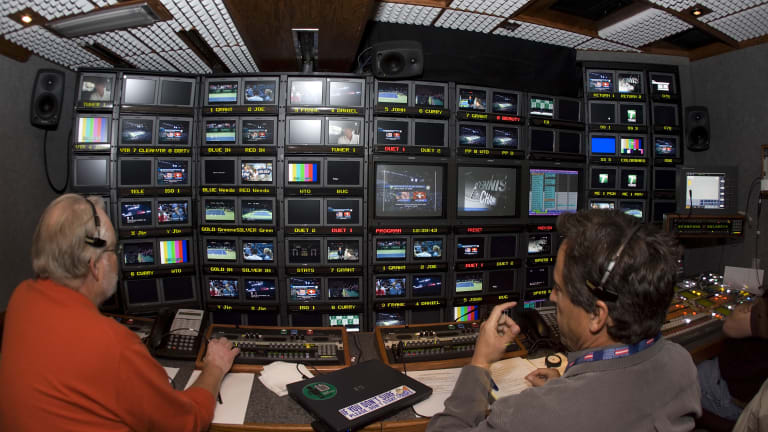Tennis Channel Turns 20
'You mean I can see matches from every round, for the whole week?'
By May 15, 2023Tennis Channel Turns 20
Celebrating 20 years with the Tennis Channel community
By May 15, 2023Tennis Channel Turns 20
20 Years, 20 Photos: Tennis Channel through the decades
By May 15, 2023The Tennis Traveler
Joining defending champions Andrey Rublev and Iga Swiatek in Madrid
By Apr 18, 2025ATP Munich, Germany
Ben Shelton and Francisco Cerundolo join Alexander Zverev in Munich semifinals
By Apr 18, 2025Social
Carlos Alcaraz offers support to Sara Sorribes Tormo after she announces break from tennis
By Apr 18, 2025ATP Munich, Germany
Alexander Zverev needed a win like his 'close one' against Tallon Griekspoor in Munich
By Apr 18, 2025ATP Barcelona, Spain
Holger Rune ousts Casper Ruud in Barcelona, thanks social media for making H2H a 'big deal'
By Apr 18, 2025ATP Barcelona, Spain
Play suspended in Barcelona when the wrong racquet gets taken for stringing
By Apr 17, 2025Pop Culture
Serena Williams named to Time's 100 most influential people ... and Coco Gauff approves!
By Apr 17, 2025Tennis Channel Turns 20
'You mean I can see matches from every round, for the whole week?'
On Tennis Channel’s 20th birthday, a look back at how it helped change and expand the way we view the sport in the States.
Published May 15, 2023
Advertising
Advertising

Think you watch a lot of screens? Tennis Channel's production truck during the 2009 Davis Cup.
Advertising

Before Carlos Alcaraz exploded onto the scene last year in Miami, he was the subject of a Tennis Channel TenniStory, and part of this photo shoot at Indian Wells.
© ©Fred Mullane/Camerawork USA, Inc.
Advertising

Andy Roddick was being interviewed by Tennis Channel roughly a decade ago; today, he's part of the network's panel of experts.